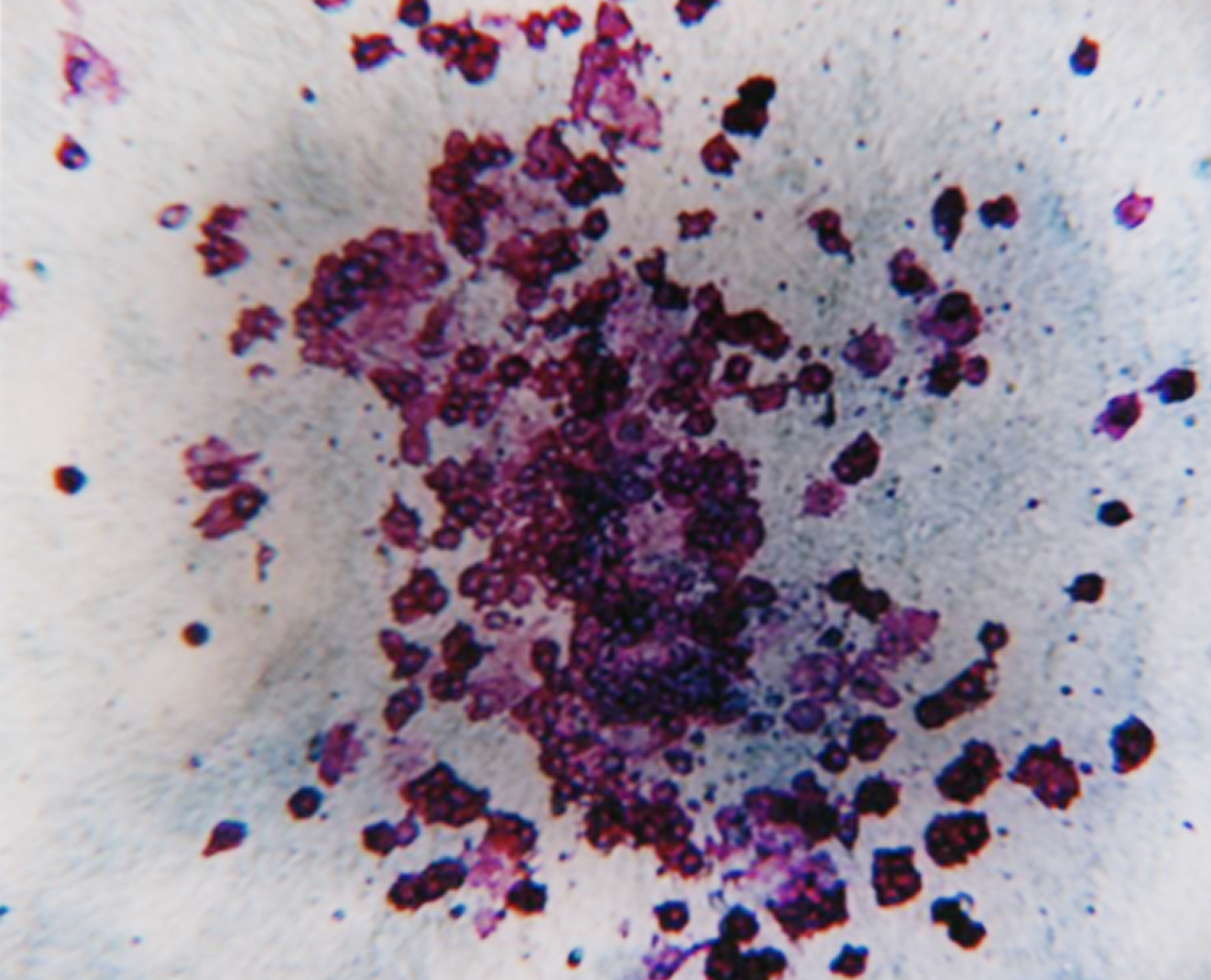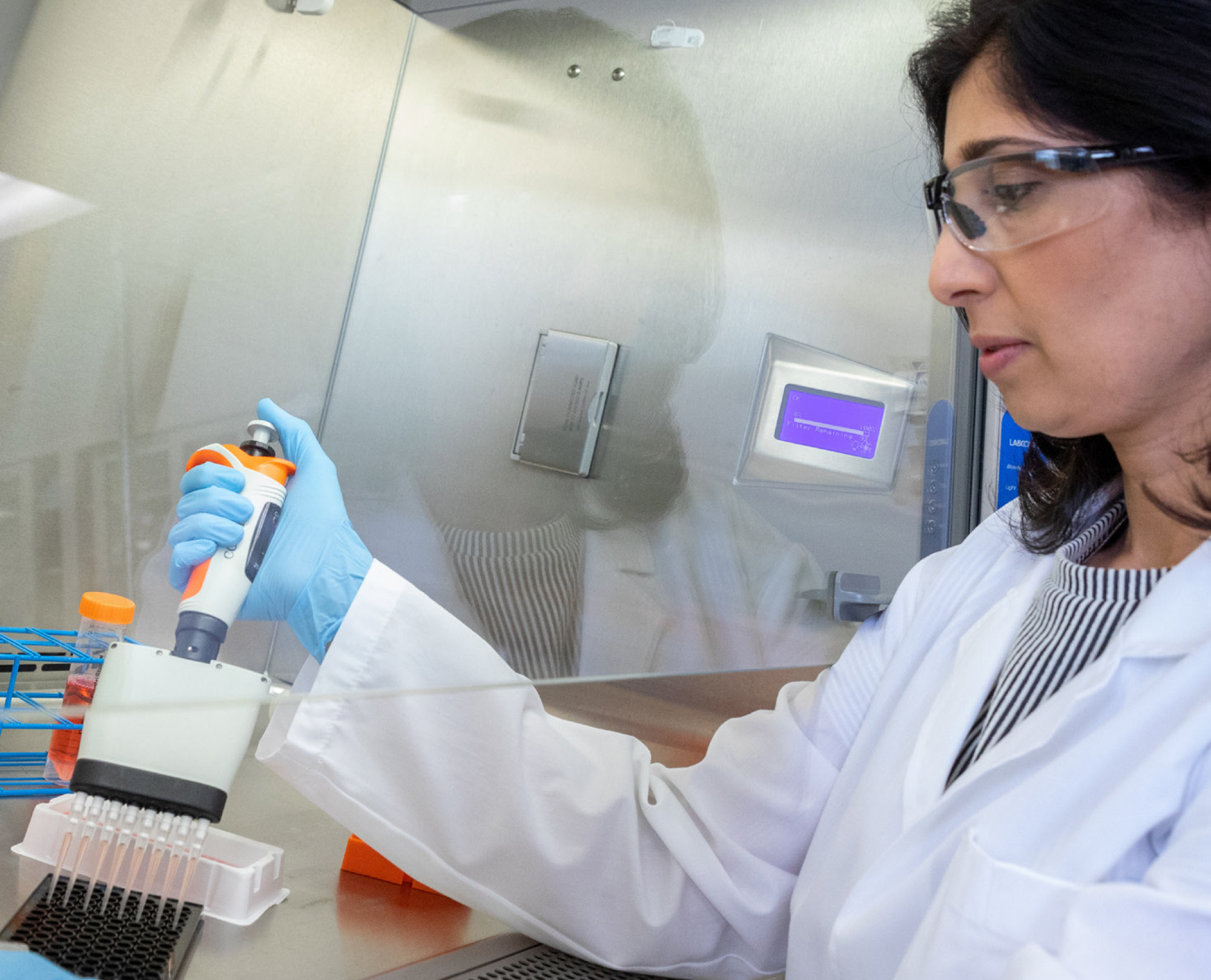I/O Summit Europe 2024
Hilton London Canary Wharf S Quay Square, Marsh Wall, London, United KingdomJoin Discovery Life Sciences at I/O Summit Europe 2024 April 23-25, 2024 | Hilton London Canary Wharf, London, England

Enabling IND submissions for over 20 years, our team of ADME experts can design studies to predict your drug candidate’s drug-drug interactions and pharmacokinetics. Studies are aligned with the most current regulatory guidance (e.g., FDA, EMA, and ICH). Gentest ADME Research Services rely on our trusted Gentest in vitro products and cell models.




Join Discovery Life Sciences at I/O Summit Europe 2024 April 23-25, 2024 | Hilton London Canary Wharf, London, England
Join Discovery Life Sciences in Booth #11 at CB & CDx London 2024 April 24-25, 2024 | Millennium Gloucester Hotel London Kensington, London, England
Join Discovery Life Sciences at Cyto Conference 2024 May 4-8, 2024 | Edinburgh International Convention Center, Edinburgh, Scotland
Copyright © 2024 Discovery Life Sciences. All rights reserved.
Designed & Developed by Altitude Marketing